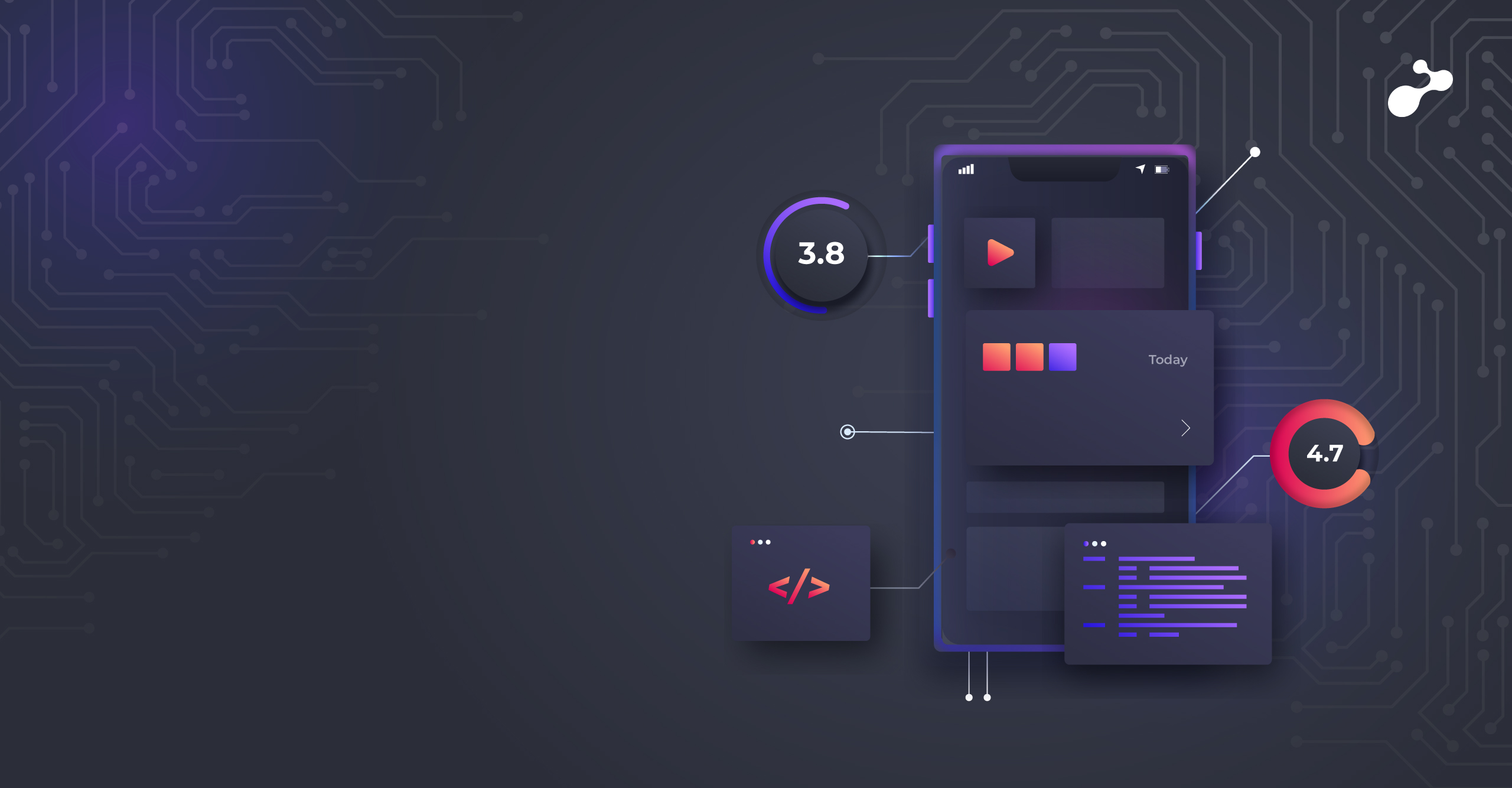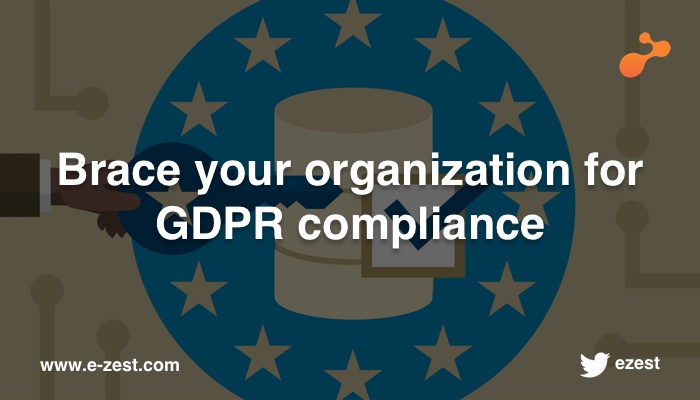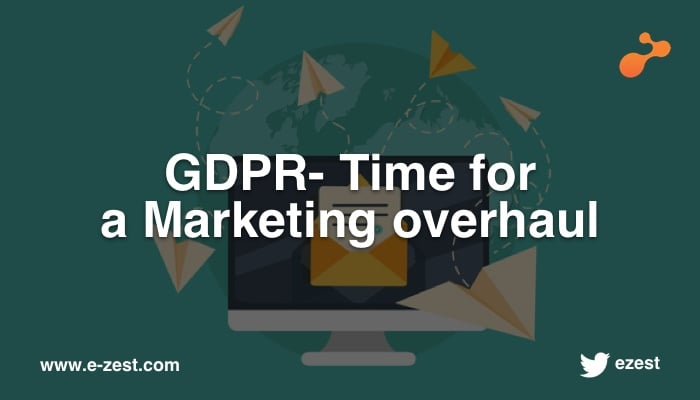The customer journey is one of the most pivotal aspects of your e-Commerce setup. User experience designers spend months etching out the intricate details of the customer’s journey to shape and smoothen his or her experience. The customer journey offers tremendous possibilities of improvement even for the most crisply built experiences. Integrating analytics into the e-Commerce platform is always good to sharpen the insights gained and the customer journey is one of the first and best places to start doing that.
The customer journey offers the following areas for analytics integration.
Homepage behavior
The analytics is done here on the data to questions like what area does the customer look at first (mouse-hover and clicks work for desktop, taps and gestures for mobile), how likely he is to click on a new offer on the main banner, how many clicks does it take for him to arrive at the category he is looking for, how often does he drop off, the drop off rate etc.
The searching journey
There are multiple ways to get to the actual product page from the home page. There are always hidden insights in each of these methods. The percentage of shoppers that navigate (quickly) through various category searches are experienced. The ones that type away something on the search bar and scroll results are more inexperienced. Such insights give important knowledge about the existing visitor base.
The product viewing journey
What aspects of the products are seen most? This would depend upon the product category. For example, it is probable that customers scroll to read the specifications for electronic products but for apparel, they might spend more time looking at some of the product pictures. What percentage of the customers are looking at the ‘more’ section in the reviews. How many are leaving a question for the seller? How many are dropping off from the products page? How many are dropping off after finding that the item doesn’t ship to their location? The answers to these questions are very important in shaping the experience.
The cart and pre-payment journey
Does the customer add the suggested products to cart? Does the customer enter some discount code? Does he abandon the cart and does he come back to it later? There are questions about the customer making a decision that are considered here. Customers who do not complete the process of checking out are not decisive or their needs have been met in some other way. What is dissuading them? Does offering them a discount before them leaving the page do the trick?
The checkout journey
The checkout journey is also replete with a multitude of facets that we need to look at. The insights here are gathered around the kind of addresses opted for, the guest vs registered users proceeding ahead, the ones that make use of some loyalty bonus to lessen the bill, the ones that constantly add new addresses (they are travelers or currently on travel?), the ones who seem to enter incorrect payment info (if that information is available), the number of failed transactions etc. The checkout journey becomes important to know how smoothly we allow the customer to pay and be done with the ordeal once he has decided to go ahead.
The return journey
If we can identify a returning customer, the journey for him or her can also be customized to make sure that he or she feels welcome to be back at the site. The return journey analytics help study the buying patterns of the customer and lend further information to his persona. Such information helps shape campaigns and promotion for better returns.
Customer journey analytics can truly fine-tune and even revamp the entire customer experience on your e-Commerce platform. Are you thinking of integrating customer analytics into your e-Commerce? Let me know in the comments!










